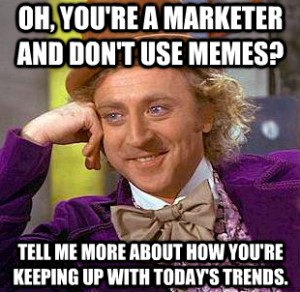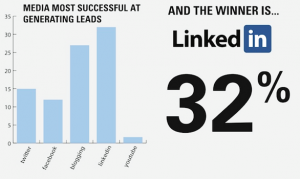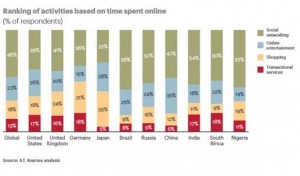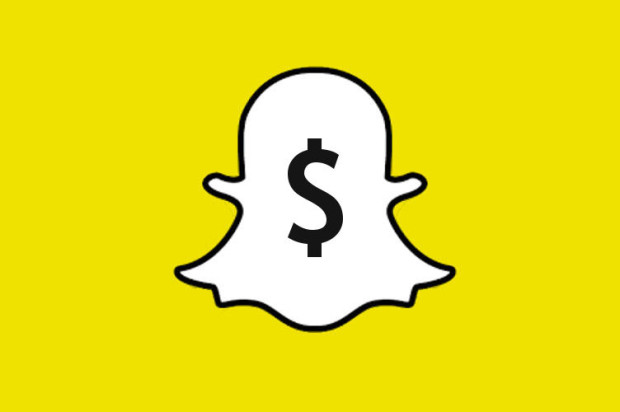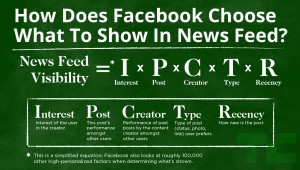For image source click here
“You can ignore everything on social media platform but memes” says Brittney Helmrich, Business News Daily Staff Writer. “The term meme is coined by biologist Richard Dawkins in 1982” as Brittney states in her blog post.
I found this idea really interesting, what better way to put your advertising campaign out there in an easy, interactive and shareable way but memes. People not only like them but memes tend to go viral as stated in the blog post. One of the most successful meme advertisements is done by Denny’s, Seamless and others. Memes fit two categories: if you are a new company (want to go viral on internet) or if you are an old company (want to increase interactions).
However, just like one size doesn’t fit all, memes is not for all companies. If the company is strictly professional and targets the market where fun can be unprofessional, memes can adversely affect the reputation of the company. The concept of memes backfired for companies like FAFSA as mentioned by Brittney.
A careful selection of meme marketing, based on the reputation and image of the company, can be really beneficial. When I think of my client Sunberry Fitness, I feel memes marketing can be really effective. It could be used in email marketing by my client, in order to increase click through rates. Something that makes people laugh about fitness definitely does attract attention. This could be done to increase client interaction with Sunberry Fitness as well.
Source: http://www.businessnewsdaily.com/7431-memes-social-marketing.html
